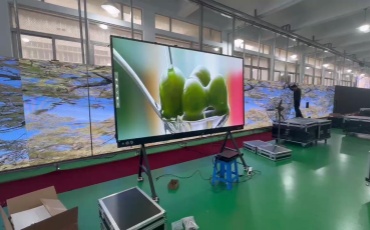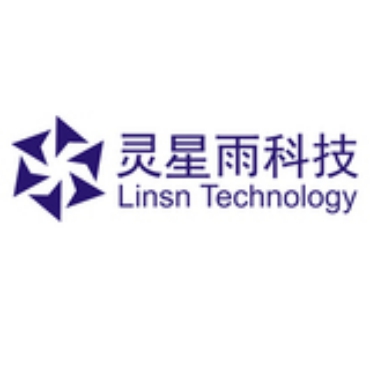Introduction
Display technology has changed the way people see and use visual content. You now see lcd splicing screens used in places like monitoring centers. Led displays often show up on things like big outdoor billboards. Both of these have their own good points, and each works well for different needs.
LCD splicing is popular for its clear image quality and for how you can use it in many ways. In the other hand, led displays stand out for their high brightness and smooth, joined-up look.
The way people talk and advertise as use these screens more in the world. So, it is important to know what makes them different from each other. Let’s look at these choices more so you can get the right one for your needs.
Understanding LCD Splicing Screens and LED Displays
LCD splicing screens and LED displays are two important steps forward in display technology. The lcd splicing screens let you create a splicing screen that is high in detail and compact in size.
These work well in places where you control the light, and want images to look bright and clear.
On the other hand, a led display screen is great for dynamic spots. The LED display can change its brightness and it is very strong, so it will last outside or in busy places.
These display screens are made to meet many needs. The splicing screen is often used for security monitoring because you need to see clear pictures.
The LED display works well when you need something big, like a sign or billboard outside. With its adjustable brightness, you get a good view any time of day.
Now, let’s look deeper into how these display screens work and what they’re used for.
What Is an LCD Splicing Screen?
An LCD splicing screen uses many lcd screen panels put together to make one big video wall. Every panel works with liquid crystal technology. This helps to get sharp and clear pictures, even for very large screens. When you join these screens, you can make different shapes and sizes.
This is very helpful for businesses, like for security monitoring. Because of this, many control rooms and government places use them a lot.
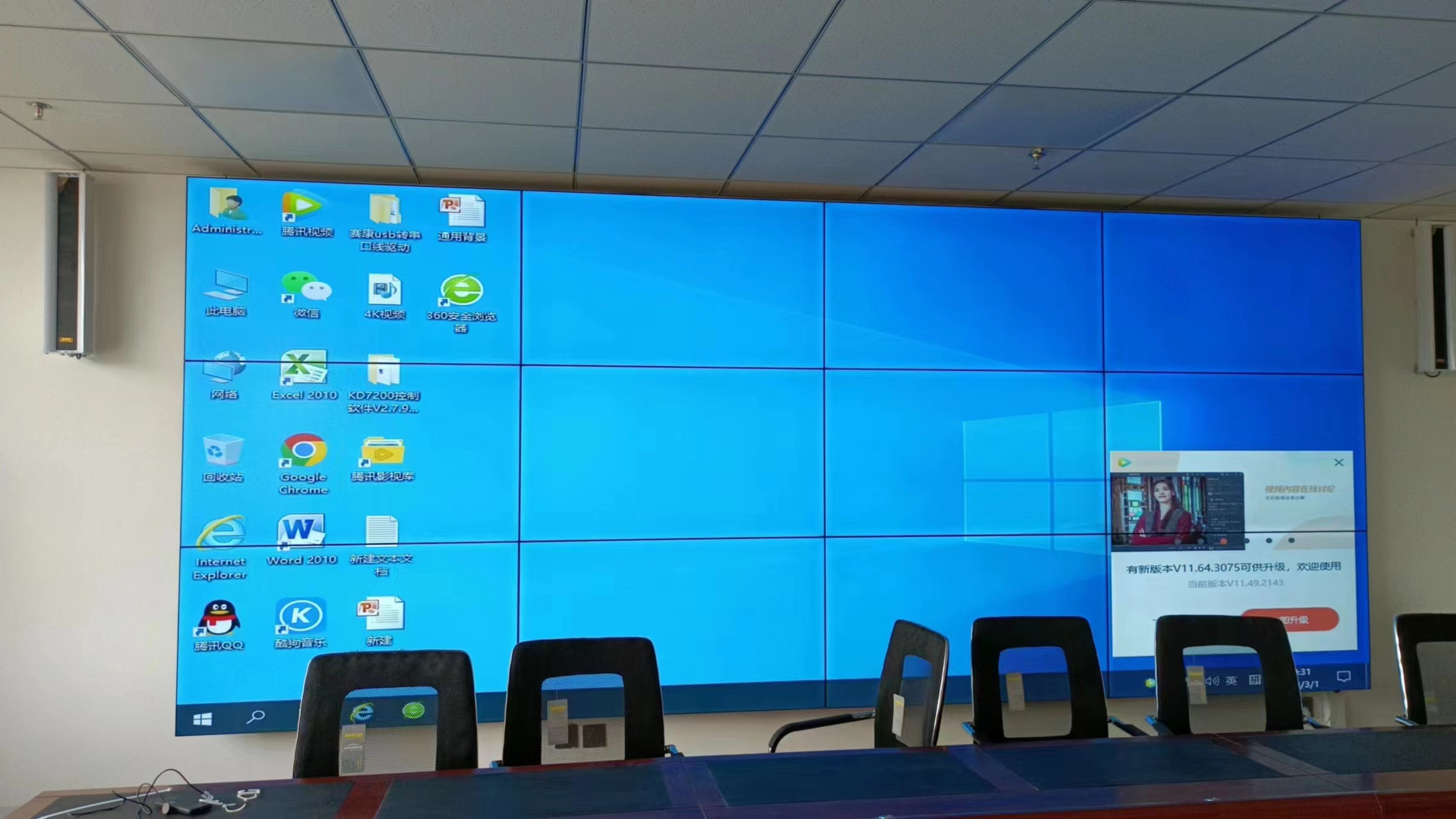
These screens are known for their high resolution. This lets you show very clear content, which helps people see small details. Each screen has the same level of brightness.
So, people can look from any spot and still see the same image quality. This is great for indoor setups. But, because you can still see the lines where panels are joined, the video wall is not all one smooth picture.
For places like schools or small meeting rooms, an LCD splicing screen works well because it is small and can fit many uses. Plus, it does not cost a lot. But you cannot use these much outside. They work best in dry places where everything is controlled.
What Is an LED Display?
An écran d'affichage LED uses small lights called light-emitting diodes (led screen) to make pictures that shine on their own. This gives really high brightness, so you can use these display screens inside or outside.
Also, these led display panels show bright colors all over with no gaps or weird lines. This helps people feel like they are right there, looking at what is on the screen.
These screens work well when the lights in the room change. You can change the adjustable brightness on them to look good in dark places or when the sun is out and bright.
They also hold up well when it rains or gets windy, so you can trust them even when the weather is not good.
But, while these screens work great for showing big, detailed pictures, led displays do have some limits. The resolution is not as fine as what you get on an lcd splicing screen.
These are also more costly. The parts and the way they are made are a bit tricky and make the price go up.
Still, because they give smooth pictures and do not break down much outside, many people like to use LED display screens for safe and bright signs at live shows or where ads are shown.

Key Differences Between LCD Splicing Screens and LED Displays
The difference between lcd splicing screens and led displays is in the display technology they use. LCD splicing uses liquid crystal to give you good image quality, but you may see lines where the screens join.
LED displays, on the other hand, give you a seamless look with high brightness. They work well in many types of places.
The display effect is also not the same for both. LED displays give a smooth picture, making everything look flawless. LCD screens work best in places where you can control the surroundings.
There are also differences when you look at cost, how bright the screen gets, and resolution.
LED screens are made to be used outside, so they are all about high brightness and lasting a long time. LCD splicing screens focus on better resolution and are usually more affordable.
This is what sets these display technology options apart when you think about image quality, high brightness, and where you can use them.
Display principle
The main way LCD and LED display screens work depends on what light they use and the electronic components inside them. LCD displays, including those used for splicing screens, use liquid crystal to control how much backlight goes to each pixel.
This gives you sharp, high-resolution pictures, but LCD screens can’t make their own light. They need something behind them to shine through.
On the other hand, an LED display screen makes its own light with many small light-emitting diodes.
These do not need extra backlighting. Having their own light helps LED displays give high brightness, so they work well for outdoor signs and places where it is bright or hard to see.
Both screens are built with care, focusing on good quality and making sure they work well. LCD displays look clear up close, while LED displays do well in settings where you need to see them from far away or where there is lots of light.
The right choice between these depends on what look you want and where you will use the display.
Image Quality,Resolution and Color Performance
Both LCD splicing screens and LED displays each have their own strong points when it comes to image quality and how sharp the picture is. The main benefit of lcd splicing is the high pixel density.
It can give you sharp images and has a seamless splicing effect. This makes it a good choice for places like security monitoring where you need to see every detail.
LED displays stand out because of how bright they can get and how good the colors look. You can also use adjustable brightness with LED displays. This means they work well in different lighting conditions, so the picture always looks good.
To choose the best display technology, you need to know what you want for your application scenarios. Think about the differences, like image quality, seamless splicing, and how the display works in changing light, to get the most from your display.
Seamlessness
Getting smoother visuals is very important when you have to choose between lcd splicing and led display screens. When you use lcd splicing screens, there are many panels joined together.
This creates lines in the middle of the screen, where the edges meet. A video wall can show sharp images, but these lines stand out and can take away from the look, especially if you want everything to look smooth and connected.
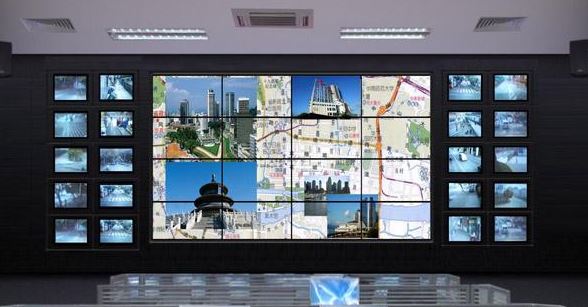
Led display screens are different. They use diodes, so there are no lines breaking up what you see.
With led display screens, there is not a problem with dot pitch between panels, and all the pictures run together with no gaps.
This makes them perfect for places like live shows or large exhibitions, where you want the whole display to flow as one.
So, if you care the most about having perfect, flawless visuals, led display screens are the way to go.
If small seams in the middle of the screen are not a big deal to you, lcd splicing screens cost less but still give good image quality.
Bezel Width
Bezel width is how wide the frame is between each unit board on a lcd splicing screen. The lcd panels in a splicing screen have become better, but the edge or line between the panels can still be seen.
This stops the screen from looking smooth and even when you use it for large displays. When you see the back of the screen where the panels meet, the line or gap can break up the picture.
This is why it may not be best for wide home theaters or settings where you need one long, unbroken view.
In LED screens, you get a seamless look because the units fit together so well. There are no big gaps.
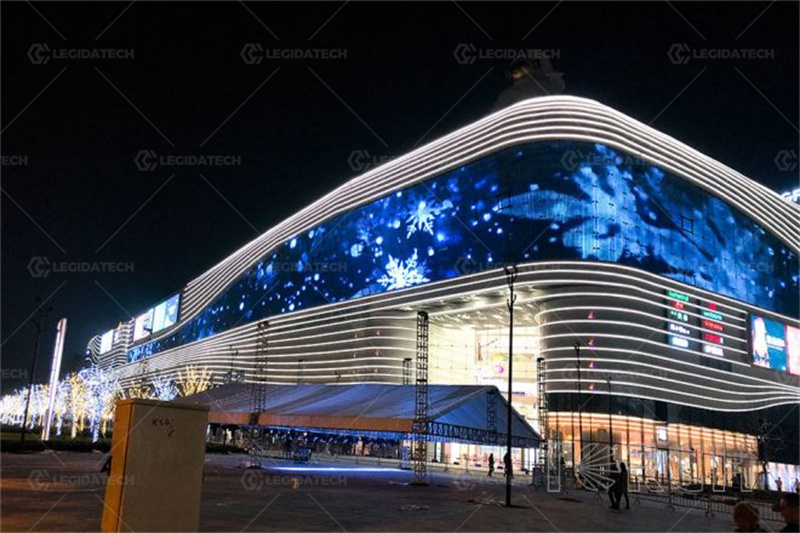
Each module joins with the next, and it makes the whole display look smooth and joined. This is why you often see LED used in places where people want everything to look clean, like big control rooms and fancy events.
When you pick between lcd splicing and LED, it is a good idea to think about how much the bezel width matters for you. For an office or a meeting room, a splicing screen with some light seams could be okay.
But when you have advertising or want people to only see one big picture, you will want LED or the thinnest bezel possible.
It all depends on if you are okay with broken lines, or if a smooth look across the whole screen is what you want.
Installation Flexibility
The installation flexibility of lcd splicing screens and led display systems lets them fit many kinds of spaces.
LCD screens are good for small places, like classrooms or application occasions where you need to save room. Their flexible design makes them work well when you put them close together, so you get great results even at short viewing distances.
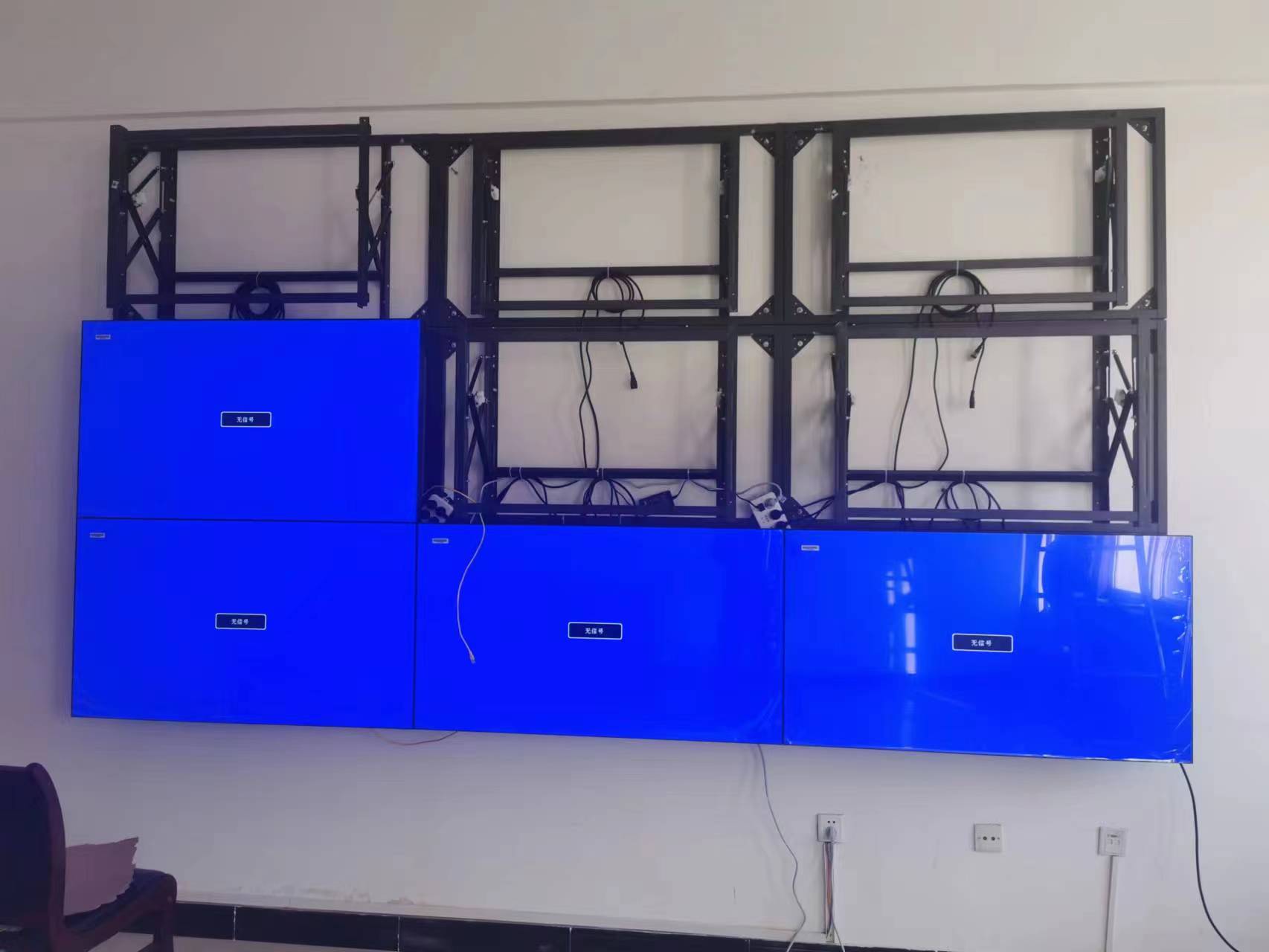
LED display screens differ in a few key ways. They work in many different lighting conditions because of their adjustable brightness.
This means you can use them inside or outside, in low light or strong light. These display screens also work well in big spaces, thanks to their modular design, which makes it easy to make them larger if you want.
So, if you want something for inside, and you do not need much custom setup, LCD is a good pick. LED gives you more ways to use it in big, wide setups, and it handles bright and dark spaces with ease.
3. Cost difference:
Cost is an important part of picking between lcd splicing screens and LED displays. At first, you may have to pay more for LED displays.
This is because they have newer electronic components and better energy efficiency. But when you look at the service life of both, the story changes.
With lcd splicing, you often need to replace older parts, like the backlight and other electronic components. These costs can add up over time.
On the other hand, LED displays, mainly the ones that have small spacing and high brightness, usually need less work to keep them running. This means over many years, LED displays can be the better and more money-saving choice.
Purchase cost
| Factor | LCD Splicing Screen | Affichage LED |
|---|---|---|
| Initial Investment | Affordable upfront; budget-friendly | Higher due to advanced components |
| Application Scenarios | Perfect for indoor roles | Ideal for events and outdoor setups |
| Scalability | Moderate due to panel constraints | Strong scalability, modular design |
Maintenance costs
Taking care of display technology can have a big effect on costs for your business. LCD splicing screens often do not need as much servicing.
They are built to last and have a longer service life. On the other hand, LED displays use many electronic components. They may cost more to maintain, especially when brightness changes a lot where they are used. These higher costs can come from the need for regular calibration or replacing parts.
You need to think about what each system needs for upkeep before you plan your budget, especially in places with a lot of people or displays that get used all the time.
Service life
The service life of display screens can be important for user experience and how much you get from your investment. LCD splicing screens have a service life of about 60,000 hours.
This is because the liquid crystal technology in them is stable and parts do not wear out much. On the other hand, LED display screens, especially the ones that use small spacing, can last over 100,000 hours.
This is due to their strong light source and slower wear and tear. This big difference in how long they last can affect where you use them.
In places like security monitoring areas and exhibition halls, it is important to have a display screen that works well all the time.
Choosing the Right Display for Your Needs
Choosing the best display depends on your needs and where you plan to use it. LCD splicing screens are great when you need seamless splicing and high pixel density.
They work well for security monitoring or in exhibition halls where clear images matter. On the other hand, LED displays give you high brightness and energy efficiency, so they are good for outdoor places with different light levels.
Think about the viewing distance and how bright you want the screen to be. These things are important because they affect the image quality and your overall experience with the display.
Ideal Applications for LCD Splicing Screens vs. LED Displays
Specific uses show the best part of each display technology. LCD splicing screens work well in indoor environments. This is why many people use them in control rooms and for security monitoring.
They give you high resolution and seamless splicing, which makes the image look smooth and clear. On the other hand, LED displays are great for outdoor places.
They have high brightness and wide angles, so many people see them at events or in ads. LED screens are also known for energy efficiency.
This is why people often pick them for big video walls. They keep the visuals strong in different lights and application scenarios.
Conclusion
When you need to pick between lcd splicing screens and LED displays, it is important to look at what each one can give you for your needs. Both have their own good points.
LCD splicing gives you really good color and can do seamless splicing, making it look like one big screen. LED screens are great because they get very bright and help save on energy, making them more energy efficient.
The right one for you will depend on where and how you plan to use it. For example, lcd splicing is a good fit for security monitoring or places like exhibition halls.
You want to choose what will give you the best display and fit well with the space, the viewing distance, and the kind of work you do.
Questions fréquemment posées
Which display type is more energy efficient?
When you look at energy efficiency, LED screens usually do better than lcd splicing screens. LEDs use less power and show brighter images at the same time.
This makes them a better choice if you want to be more eco-friendly and use the screen for a long time. The good efficiency also helps to cut down on running costs and lowers the impact on the environment as time goes by.
Can LCD splicing screens achieve a truly seamless video wall?
LCD splicing screens can help build video walls that look almost seamless because they keep bezel gaps very small. But, it is hard to make the screen seamless in every case because of how these are made.
By using better setup and advanced adjustments, you can make the look even smoother, which makes lcd splicing a good choice for displays in many places where people want to feel part of what they see.
Do LED displays cost more to maintain than LCD splicing screens?
Yes, LED displays often cost more to maintain than lcd splicing screens. This is because there is more technology in them, and they can get damaged. But, an LED display will last a long time.
It might not need many repairs over the years. So, the money you spend at first on maintenance may even out because you do not have to fix it all the time. You should always think about how and where you want to use them before you pick one.
Which is better for outdoor installations: LCD or LED?
For outdoor setups, LED displays are usually better. They have higher brightness and you can see them well even in direct sunlight.
They also have good energy efficiency, so they use less power. LCD screens often have problems with glare and need more care to keep working. This makes leds the better and more practical choice when you want a screen outside.
How do I determine the best display option for my business?
Think about what you need, like the image quality, the resolution, and why you need it. Look at the cost, how much you will pay for it over time, the maintenance, and the service life.
Check out which display type works best for your job. By doing this, you will pick a solution that fits with your business goals.



